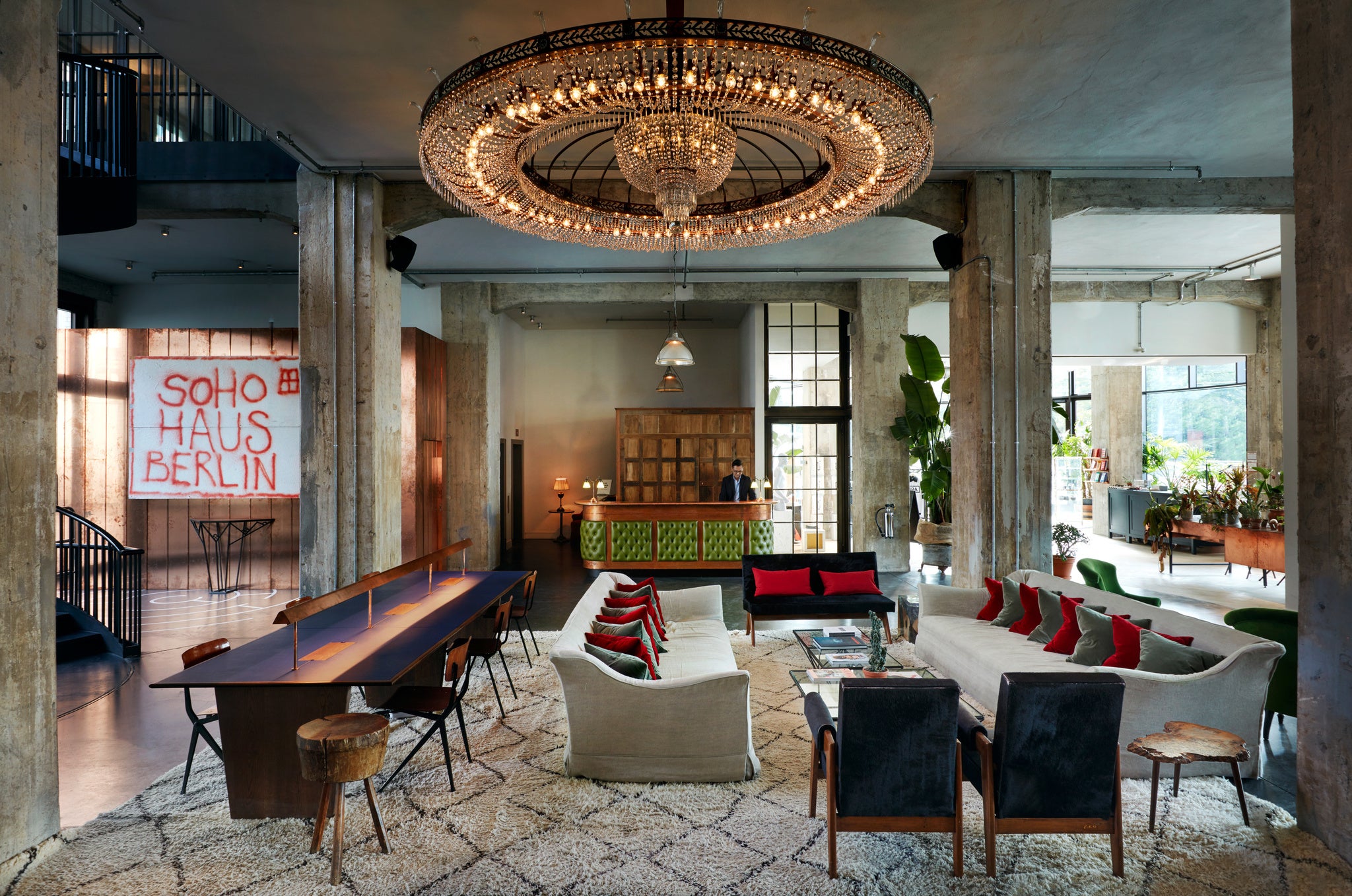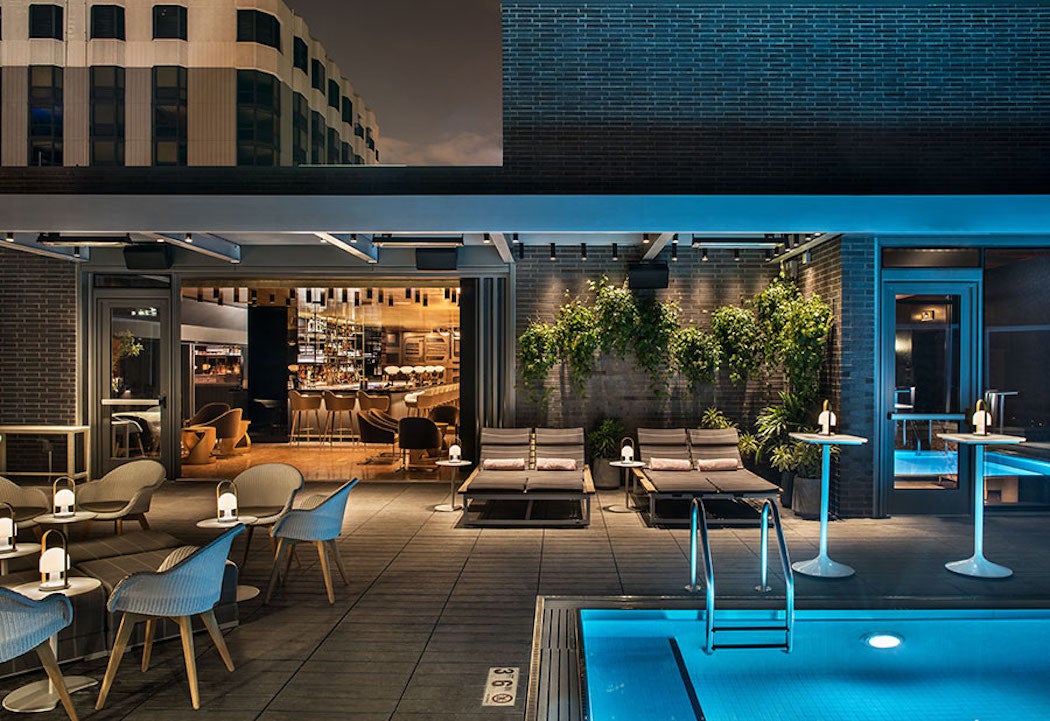Private members clubs have a pretty mixed reputation; the notorious likes of Quo Vadis or the Groucho Club have been more famous for who’s spilled out of them at early hours than much else. However, many of London’s longest-standing private members clubs are cleaning, if not smartening, up their act to attract a new generation of visitors, away from their usual clientele of wealthy City types in suits.
Consequently, while still as exclusive as ever—new members need to pay a joining fee on top of the yearly thousand-plus-pound membership cost, as well as needing recommendations or vetting from existing members—private members clubs are shifting their priorities. Now the emphasis is on networking and striking deals; but these are the sorts of business activities which can be done anywhere. So how did members clubs manage to change, and is there a less exclusive alternative?
Why private members’ clubs have made a comeback
Launched in the mid-90s, Soho House is no longer just a single location in the middle of rapidly-gentrifying area of London, but a globally-recognised brand with eighteen equally-exclusive branches. Beyond the traditional smoking rooms and extravagant food and drink, private members clubs now offer gym space and exercise classes, amongst other perks. The Hospital Club, for example, has its own music and film studio, alongside conference rooms and areas for remote working.
This goes against the original intents of members clubs; according to the Financial Times, in more traditional establishments, “there is a strict rule prohibiting members from bringing out papers or business documents.” Then again, the club in question also still prohibits women, so dragging practices of these clubs into the 21st century may not be such a bad thing after all. Still, depending on how you work and the industry in which you operate, the perks offered by modernised members clubs will more than justify the annual membership fee of around £1,500. That is, if you have that kind of money to throw around.
Why you don’t need to fork out thousands for membership
Earlier this year, the Guardian claimed that the introduction of coworking spaces were a bid by these clubs “to remain relevant,” enticing newcomers with hot desks and superfast internet alongside their usual perks. However, the arguably extortionate prices of members clubs render these flexible working spaces well out of the reach of most entrepreneurs, who would be more likely to invest their capital into their companies.
Flexible working space is in higher demand than ever, and office alternatives such as business lounges are becoming extremely popular. They offer many of the same perks—and more corporate-oriented facilities such as copiers and courier services—at far lower rates than the likes of Soho House.
What does the future hold for the private members club?
Flexible working spaces are evolving to accommodate all manner of working styles, between ad hoc hot desks and high-priced members-only clubs. Now one year old, already on its second branch, New York City is home to The Wing, a female-only coworking space with an 8000-strong waiting list; it’s been described as “a social club for women who don’t gravitate to the snobbery and exclusion of social clubs,” and is geared towards women in all sectors, on all rungs of the corporate ladder.
As for the current crop of members-only working spaces and private clubs, their emphasis is decidedly veering away from being elite drinking establishments, towards a broader market. While regulars have bemoaned that places like Soho House have “lost that sheen”, catering for a wider target audience and encouraging a less corporate approach may just be what keeps them going.
Feature Image courtesy of SOHO House Berlin


















1 comment
Many gyms now have professional trainers on staff — often people with college degrees in sports science or other
related fields, along with personal training certificates.
They are trained to design exercise programs that fit your individual needs in a fun and safe way,
showing you proper exercise techniques so that you don’t hurt yourself and that
you get the most out of each exercise routine.